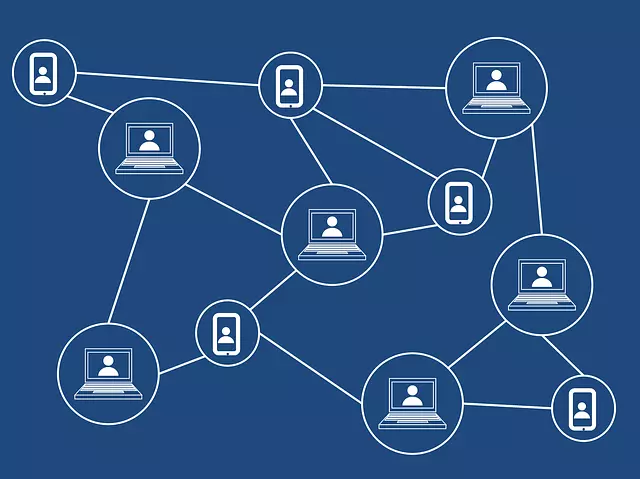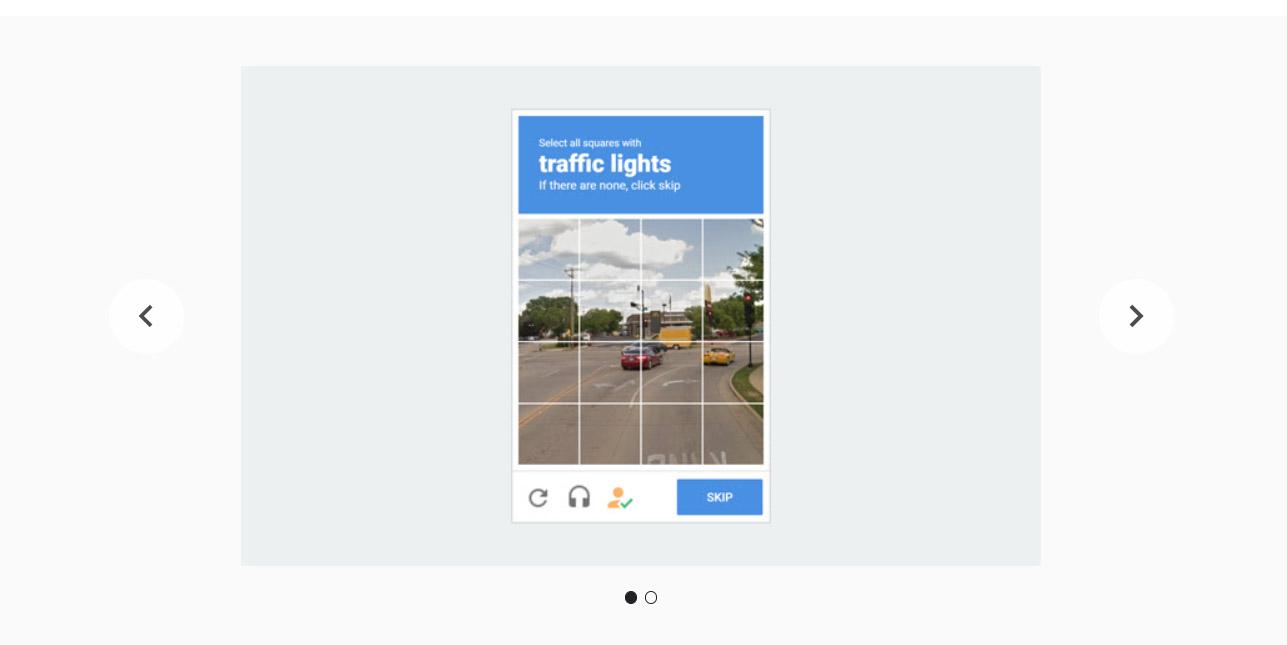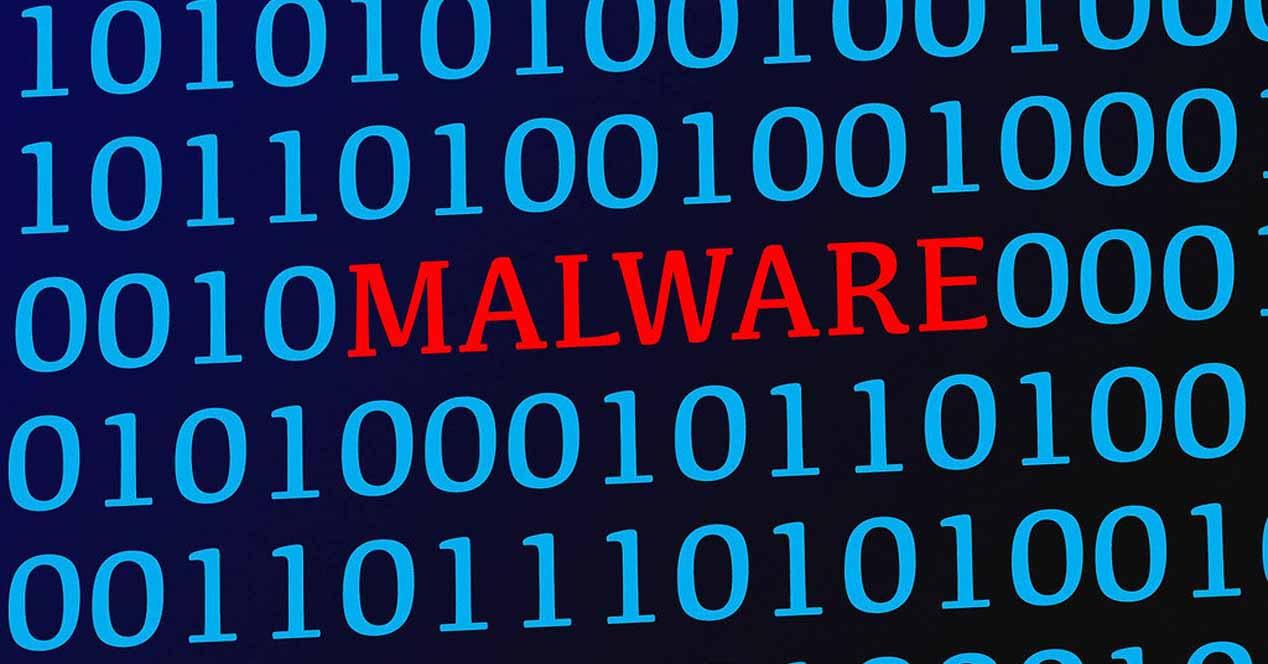
A cryptocurrency such as Bitcoin, for example, has the peculiarity that it is not supported by any material good. Therefore, they exist and grow thanks to the confidence that their technology is functional and safe. In the hypothetical case that its security was violated, its users and investors would lose trust and it could end up disappearing.
In that sense, one of the biggest concerns they face is the 51% attack that, if it occurs, could generate irreparable damage to that cryptocurrency. Before knowing this attack and its consequences, we will briefly explain the concept of blockchain.
What is blockchain
A blockchain or block chain We can define it as a structure whose information is associated in blocks to which metadata related to a block of the previous chain is added in a timeline. This property of its data structure is intended to act as a non-relational public database that includes an indisputable history of information.
This blockchain concept was first applied in 2009 as part of Bitcoin. In this case, it should be noted that the data stored in the blockchain is usually transactions such as financial ones. This is the reason why they are generally called transactions, although they are not required to be and could be of other types.
Thus, the blockchain structure is often associated with decentralization and security. The reason this is the case is because it does not have a decision-making center that can be compromised, corrupted, or that can make decisions against the rest of the network. Thus, a blockchain network it is a peer system in which no one has privileges. In this case, it would be the set of equipment that is mining a cryptocurrency.
However, it has a danger, if there were a 51% attack in which a single entity controlled that percentage, it would have the decision-making capacity of that blockchain for as long as it had controlled it.
What is a 51% attack and what are its consequences
A 51% attack We can define it as the one that is directed towards a blockchain with the intention that a person or organization get more than half of the computation generated by the miners of that cryptocurrency. Thanks to this attack, cybercriminals could carry out any type of action on the transactions of that blockchain network while having control of most of the computing power.
The effects of a 51% attack are very detrimental to the miners of that cryptocurrency and also cause a feeling of helplessness. In addition, for investors it usually generates very important losses since they have to pay for the equipment, its repairs and the cost of electricity. In that sense, some currencies currently such as Bitcoin are only profitable with large farms of teams dedicated to mining that cryptocurrency. Therefore, in case of receiving a 51% attack, the losses could be considerable.
Are all cryptocurrencies vulnerable to a 51% attack?
Not all cryptocurrencies can be victims of this type of attack. In this sense, those that are going to be vulnerable are those that use a consensus method to ensure and verify the integrity of their data by all network participants.
In this case they use a proof of work algorithm that comes from english Proof Of Work system. It is a system created in order to prevent and hinder antiviral behavior such as spam or DDoS attacks. It is about the service client doing a job and that it can be verified by the server. Normally that work is to do some calculations on the part of the client. The way of working is asymmetric in which the client has a difficult but possible job and then the server easily has to be able to check that job.
Among the currencies that could be affected by a 51% attack we have Bitcoin, Ethereum, Litecoin and Bitcoin Cash.
The double spend attack
Once cybercriminals control 51% or more of a blockchain network they are in a position to carry out a 51% attack. In that sense, cybercriminals in order to obtain benefits could carry out a double spend attack or in English double spending.
This double spending refers to a potential cryptocurrency flaw for which the same digital currency can be spent more than once. This would be possible because each cryptocurrency has a digital file that can be duplicated and therefore falsified. A double-spend attack would consist of:
- The attacker starts a transaction to receive a product or service from someone else.
- The cybercriminal then begins to mine the block where the legal transaction is.
- Then a fraudulent alternative block branch is created in which the target is himself.
- The attacker will then continue to mine the fraudulent branch until it is larger than the original.
- If the attacker succeeds in the previous step, that fraudulent branch will be published and considered valid. Then you would get back that cryptocurrency spent on the other transaction.
However, for this to happen it is not an easy task since a 51% attack is required in which at least that percentage of the blockchain network is in control. This happens because 51% of the corrupted network can validate the blocks faster than the rest of the network. So the remaining 49% of the network has no choice but to validate what cybercriminals are doing with transactions.
What Happens When a 51% Attack Is Successful
In the hypothetical case of a 51% attack using, for example, the double spend attack, the repercussions for that cryptocurrency could be very negative. At that time, as it would happen with counterfeit money, it would lead to inflation since new fraudulent cryptocurrencies have been created that should not exist.
This would cause that cryptocurrency to devalue compared to others, it would decrease their confidence in it and as well as its circulation.
Finally, regarding whether the most popular cryptocurrency, Bitcoin, can be the victim of a 51% attack, the theoretical answer is yes. However, in practice it would be very complex to do because of the technical capacity we would need and the high costs that would have to be made. In that sense, the larger these networks are, the more difficult and expensive it is to gain control of that 51% of the blockchain network.





